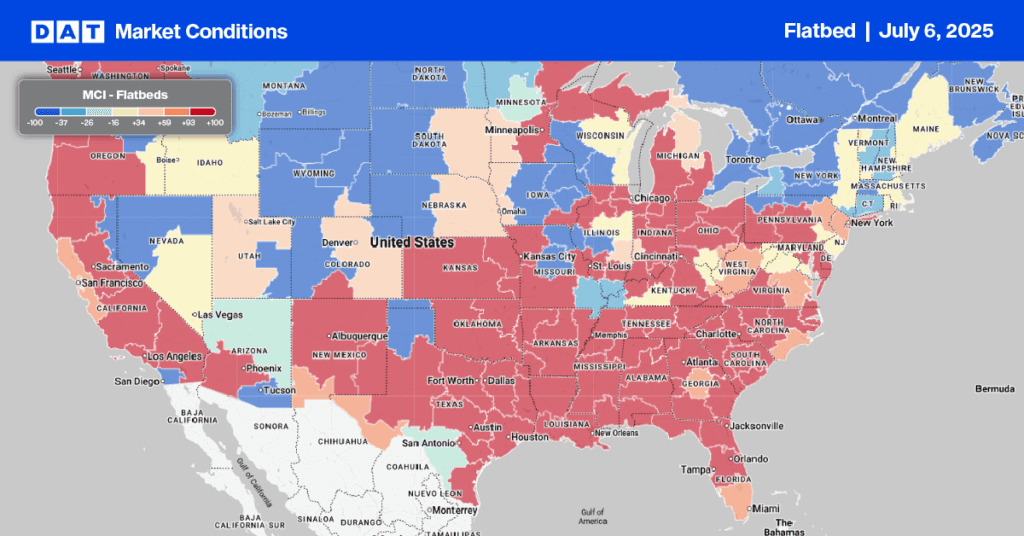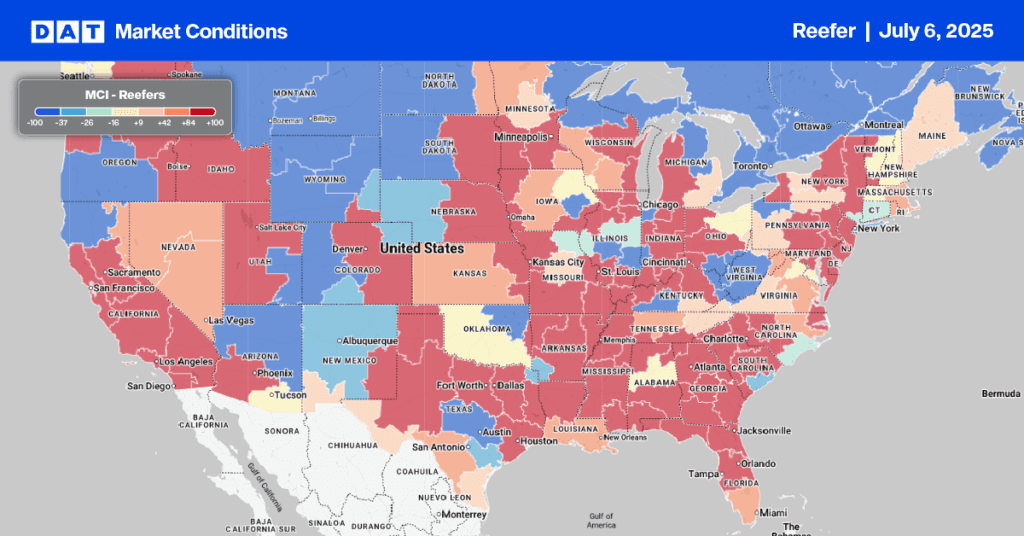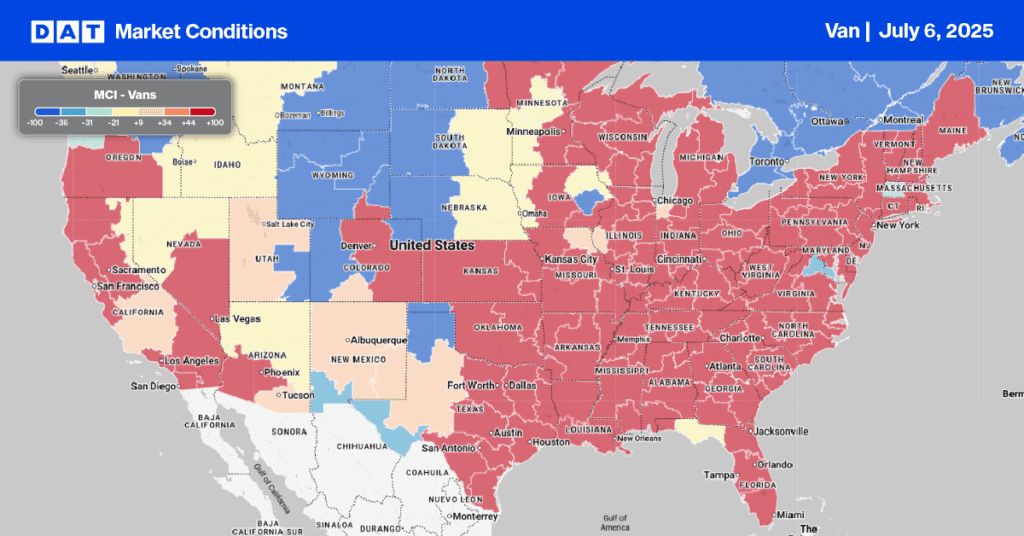On a recent DAT Freight & Analytics show, we interviewed Todd Amen, CEO and Founder of ATBS, to talk about owner-operator and small fleet viability. Here’s an excerpt:
Dean Croke (DC): Now 2022 is in the books. What’s the outlook for small carriers this year?
Todd Amen (TA): As you guys have been talking about, this is a challenging year. We knew it would be as we worked with our drivers and talked to fleets. There’s optimism for the back half of the year, but that’s probably based on history. Difficult truck markets typically happen quickly and relatively deeply; we’ve already had almost a year of that. The worst case is usually 18 months, so we’re assuming things will get a bit better by the third quarter of this year, but we have more pain before we get good, that’s for sure. It’s going to be another tough few months.
DC: In your benchmarking series of webinars in the last couple of months, it was a surprise to hear miles were down about 11% yearly, even lower than in 2018. Why do you think that is?
TA: It’s a mystery for us at the moment. Going back to 25 years of data, we see that drivers run fewer miles when times are good, and so with COVID, there was a significant drop in mileage. Drivers were pickier about loads, took more time off, made more money, and wanted to enjoy the time off. When things get difficult like they are now, typically within three to four months, when income goes down, drivers run more miles because that’s the only way to run and make more money. In 2022 we saw miles 11% lower than a year ago and at record-low levels.
DC: What are your thoughts on why carriers run fewer miles when they’d typically do the opposite?
TA: There are a few reasons. There’s the regionalization of freight and highway congestion, but there are many new things, including shipper delays, especially for the small fleet. A small owner-operator that doesn’t have access to trailer pools for drop and hook like a big fleet. Shippers and receivers need more labor, creating delays at the shipper and receiver dock door for small carriers, especially when live loads are involved. There are also maintenance delays because people don’t have labor to fix trucks, so all those combined add to just record-low miles.
Ken Adamo (KA): It’s not just carriers, brokers are very concerned as they’re probably making more per load from margin percentage, but they’re moving fewer loads. So they need to reconfigure their businesses much like truck drivers need to reconfigure their businesses to accommodate shifting prices and quantities.
TA: One of the most interesting things about low miles is how to quantify that. 11% fewer miles in 2022 is also down 20% since 2018. Let’s say there are 300,000 owner-operators; that’s like taking 60,000 trucks off the road
DC: Net income was around $70,000 in 2021; where did small fleets end in 2022?
TA: In 2021 the average income was $72,000 based on 20,000 drivers. Last year, it was $64,500. So it’s down significantly. And that’s really why I say it’s a mystery that miles haven’t picked up because, typically, when people build their lifestyle around higher earning levels, they borrow and buy things as they make more money. So it’s surprising that the miles have been picked up to offset that income decrease because it’s down 10% from what it was a year ago.
The full interview can be found here.


